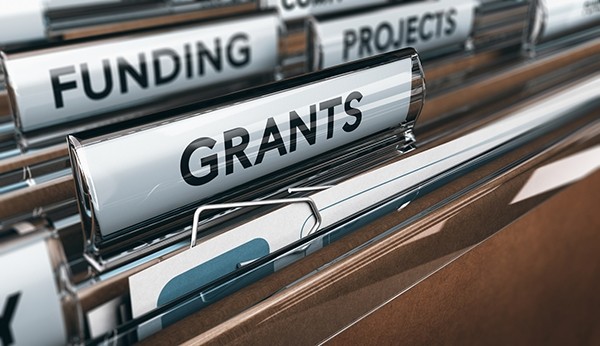In March 2021, Congress passed, and President Biden signed the American Rescue Plan Act (ARPA), a $1.9 trillion COVID-19 relief package. The law contains funding dedicated to the public health response and for state and local recovery. Funding is now available through both the Centers for Disease Control and Prevention (CDC) and the U.S. Department of Treasury that could assist local health departments in their response to COVID-19 and to strengthen the public health workforce.
CDC COVID-19 Public Health Workforce Supplemental Funding
CDC is currently awarding a total of $2 billion in COVID-19 Public Health Workforce Supplemental Funding to the 65 current recipients of the CDC Crisis Response Cooperative Agreement, which includes states and six directly funded localities. This funding can be used to recruit, hire, and train personnel to meet the needs of the public health workforce over a two-year budget and performance period ending June 30, 2023.
Funding Breakdown
CDC expects that at least 25% of the jurisdictional award will support school-based health programs. Of the remaining portion, CDC expects that at least 40% will support local hiring through local health departments or community-based organizations.
Example: State Jurisdiction receives $126,615,000
- Local Health Departments: $37,984,500
- School-Based Health Programs: $31,653,750
- State Health Department: $56,976,750
Actual allocations to local health departments will vary depending on total investments made to school-based health programs by your respective states.
Use of Funding
Funding is provided to state health departments to support local hiring. Keep in mind, additional requirements from the state, e.g., a budget narrative or workplan, may be required by the local health department to receive funding. This infusion of financial resources is an opportunity for local health departments to work with schools and community partners to develop innovative activities and support model practices. Listed below are just a few allowable activities that may benefit your local health department.
- Developing, training, and equipping response-ready “strike force” teams capable of deploying rapidly to meet emergent needs.
- Establishing partnerships with schools of public health, technical and administrative schools, and social services and social science programs.
- Training and education for new and existing staff on topics such as incident management training, especially from a public health perspective and integration with emergency management.
For a detailed listing of allowable activities, click here.
Contact your state health department for additional information regarding the workforce supplemental funding and the anticipated allocation to your jurisdiction.
Coronavirus State and Local Fiscal Recovery Funds (SLFRF)
Approximately $150 billon of the SLFRF program is available to local governments from the U.S. Treasury for response to and recovery from COVID-19 and must be expended by December 31, 2026. The program can be used to support several different spending categories, two of which are relevant to local health departments – supporting the COVID-19 public health response and providing premium pay for essential workers.
Eligibility
The following governments are eligible:
- States and the District of Columbia
- Territories
- Tribal governments
- Counties
- Metropolitan cities
- Non-entitlement units, or smaller local governments serving populations under 50,000
How to Receive Funding
Counties and metropolitan cities may apply for their share of funding directly from U.S. Treasury.
Local governments serving populations under 50,000, or Non-entitlement Units of Local Government (NEUs), will receive their share of SLFRF through their respective state governments. Many states require NEUs to request funding through a state-owned process. For more information regarding your state’s specific process please see the list of State ARPA websites.
Because funding is provided directly to state, county, and city governments, without specific allocation requirements to local health departments, health officials may need to request and follow local procedures to receive funding from their local governments.
NACCHO wants to hear from you
If you have questions, thoughts, or wish to share how your jurisdiction is using these funds, please contact NACCHO Government Affairs Senior Specialist Ian Goldstein [email protected]. In addition, receive recognition for the amazing work happening in your jurisdictions— apply for a Model or Innovative Practice Award and share your best practices.









